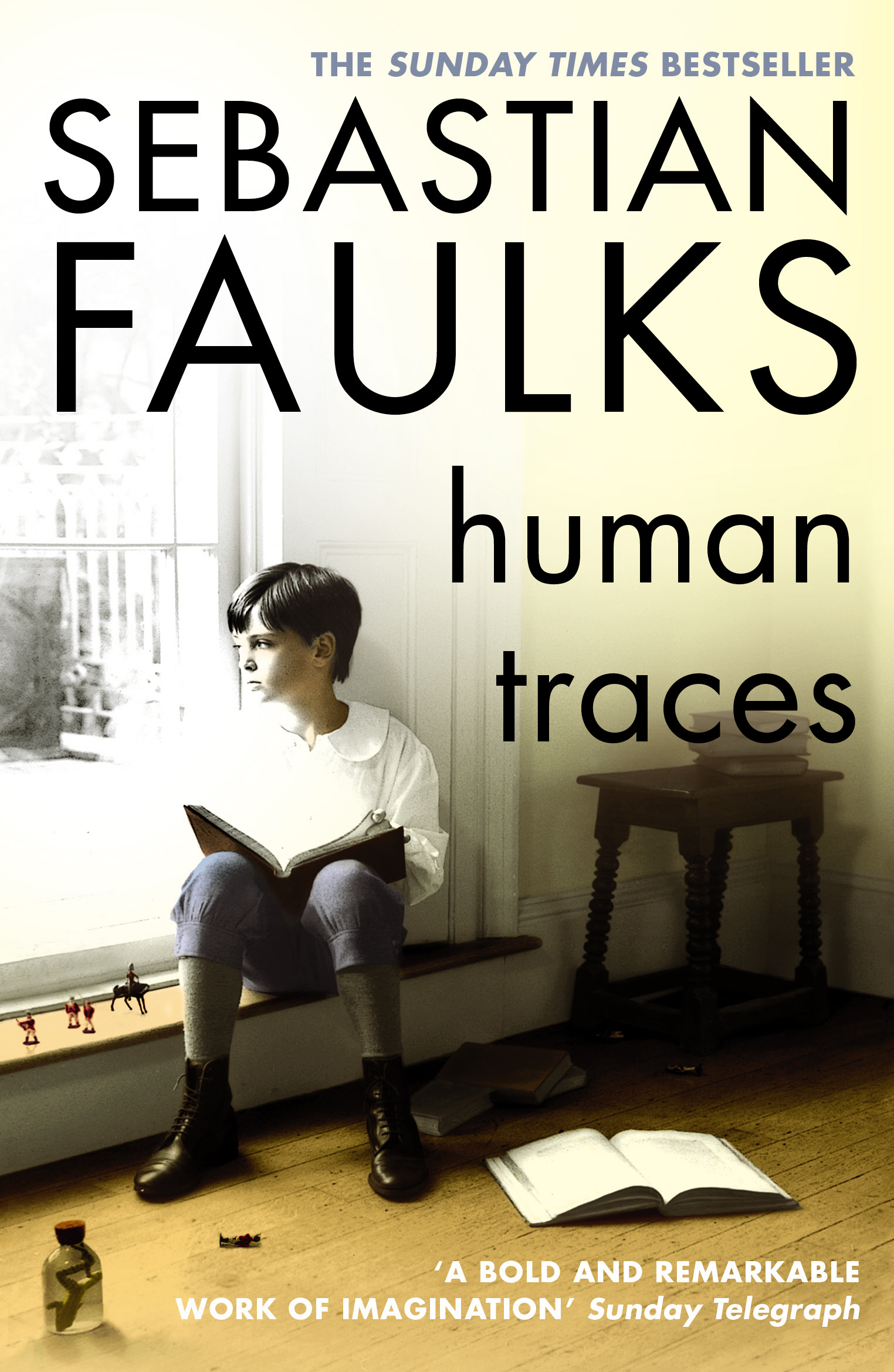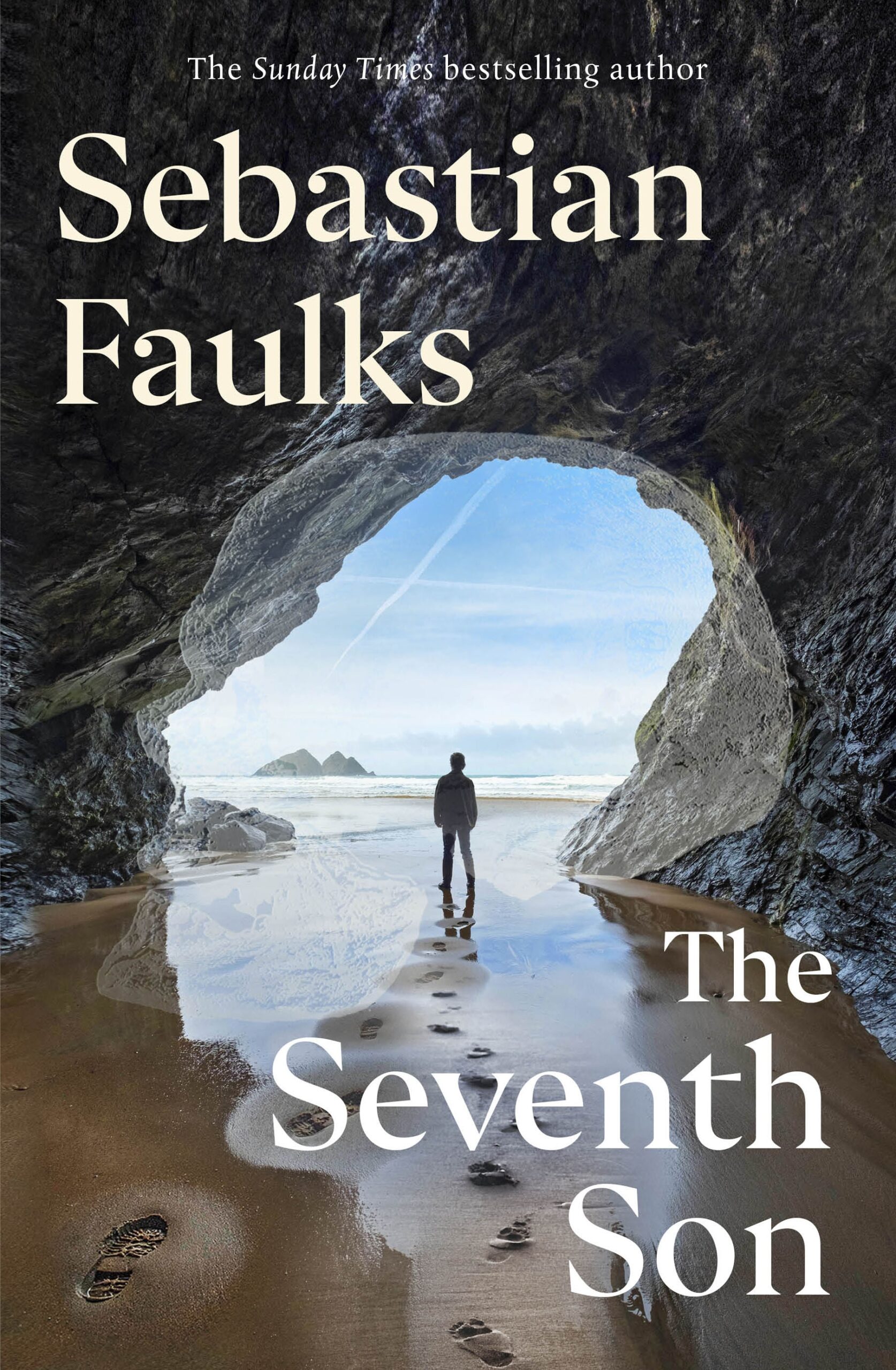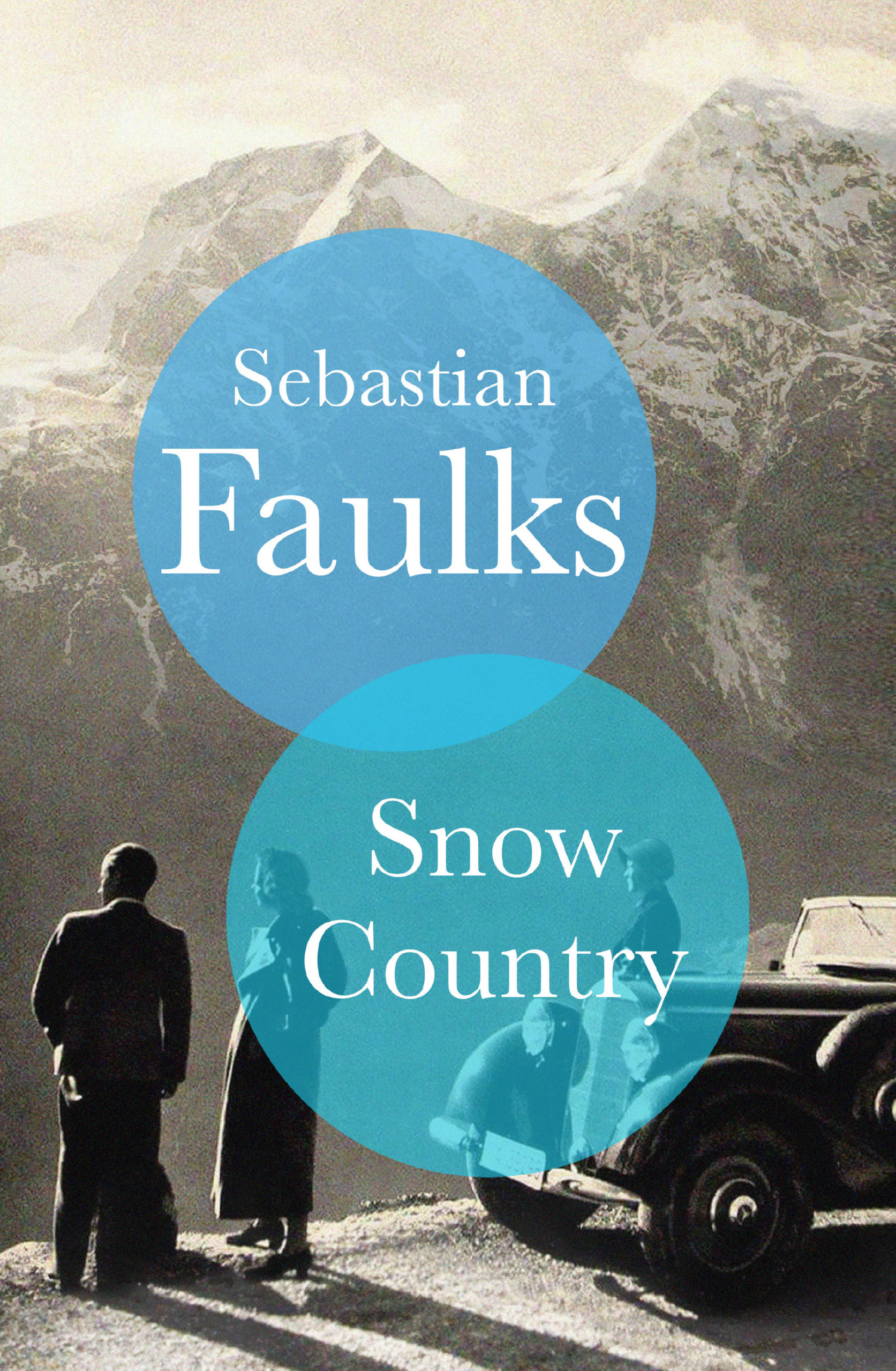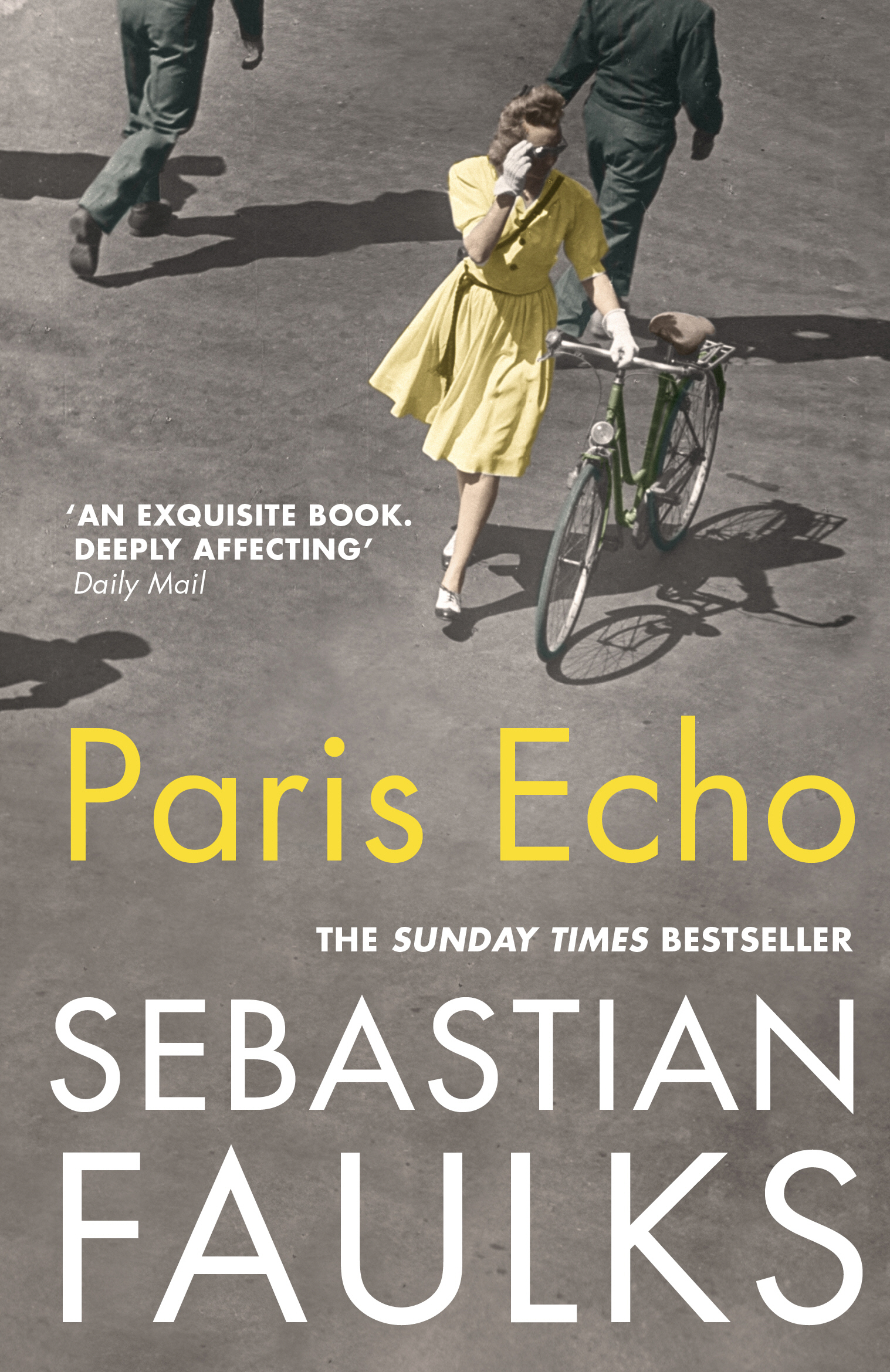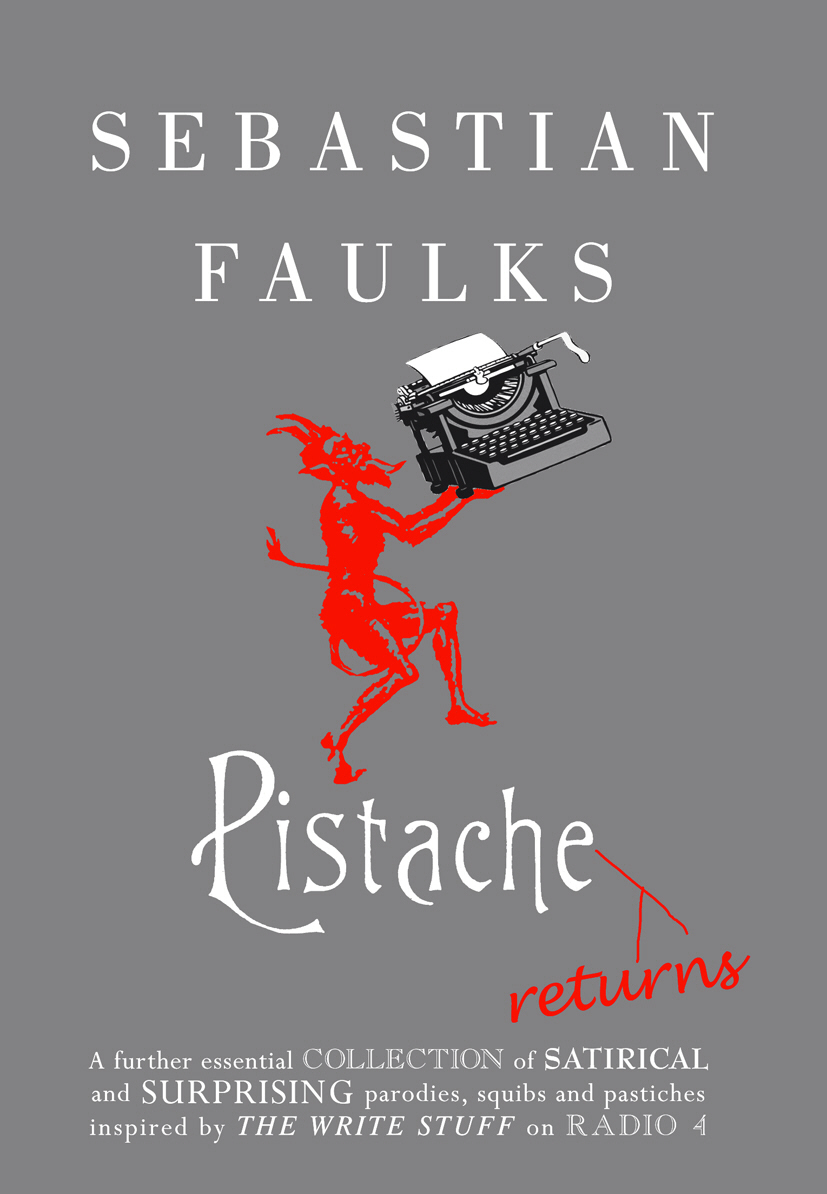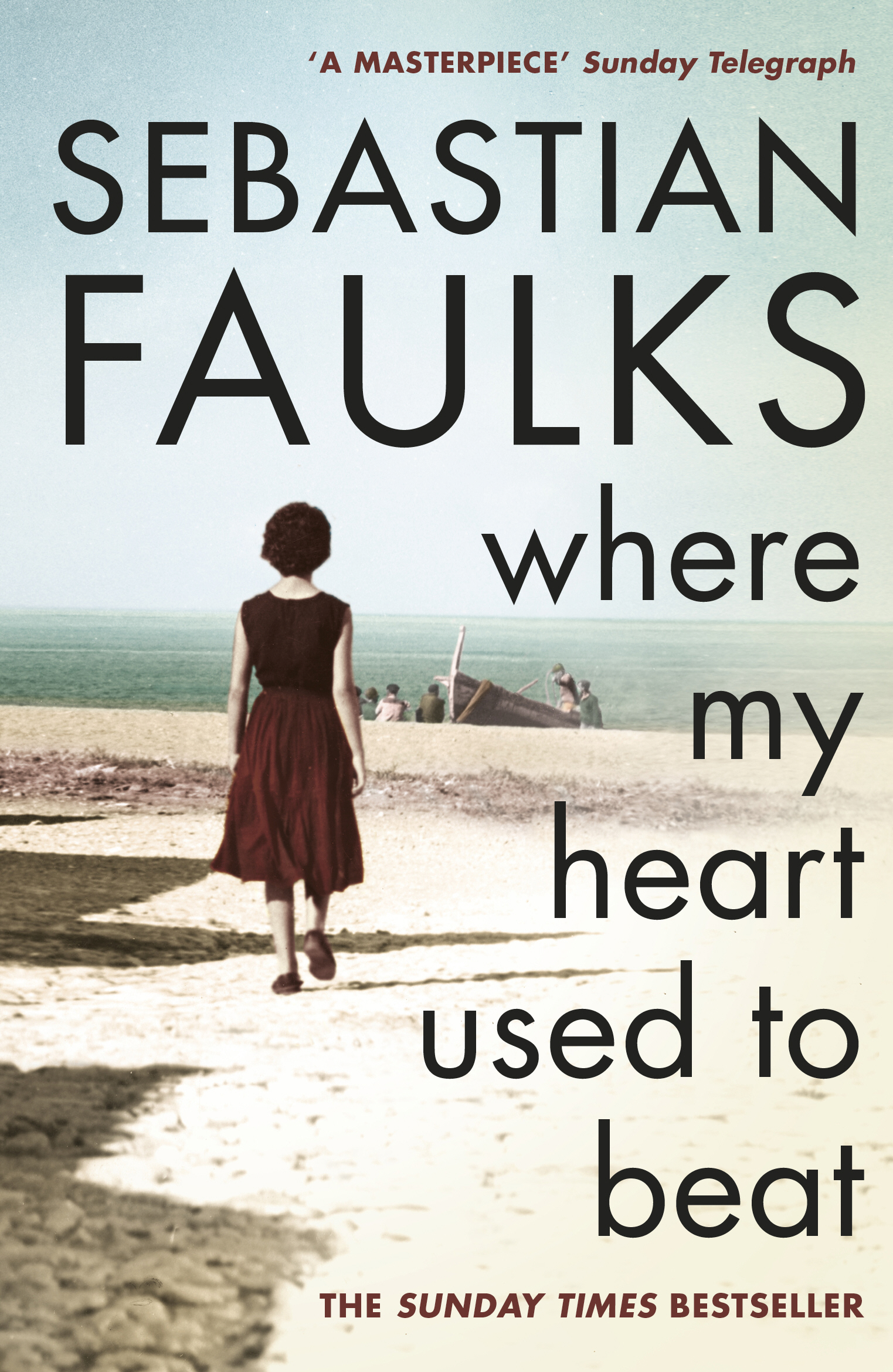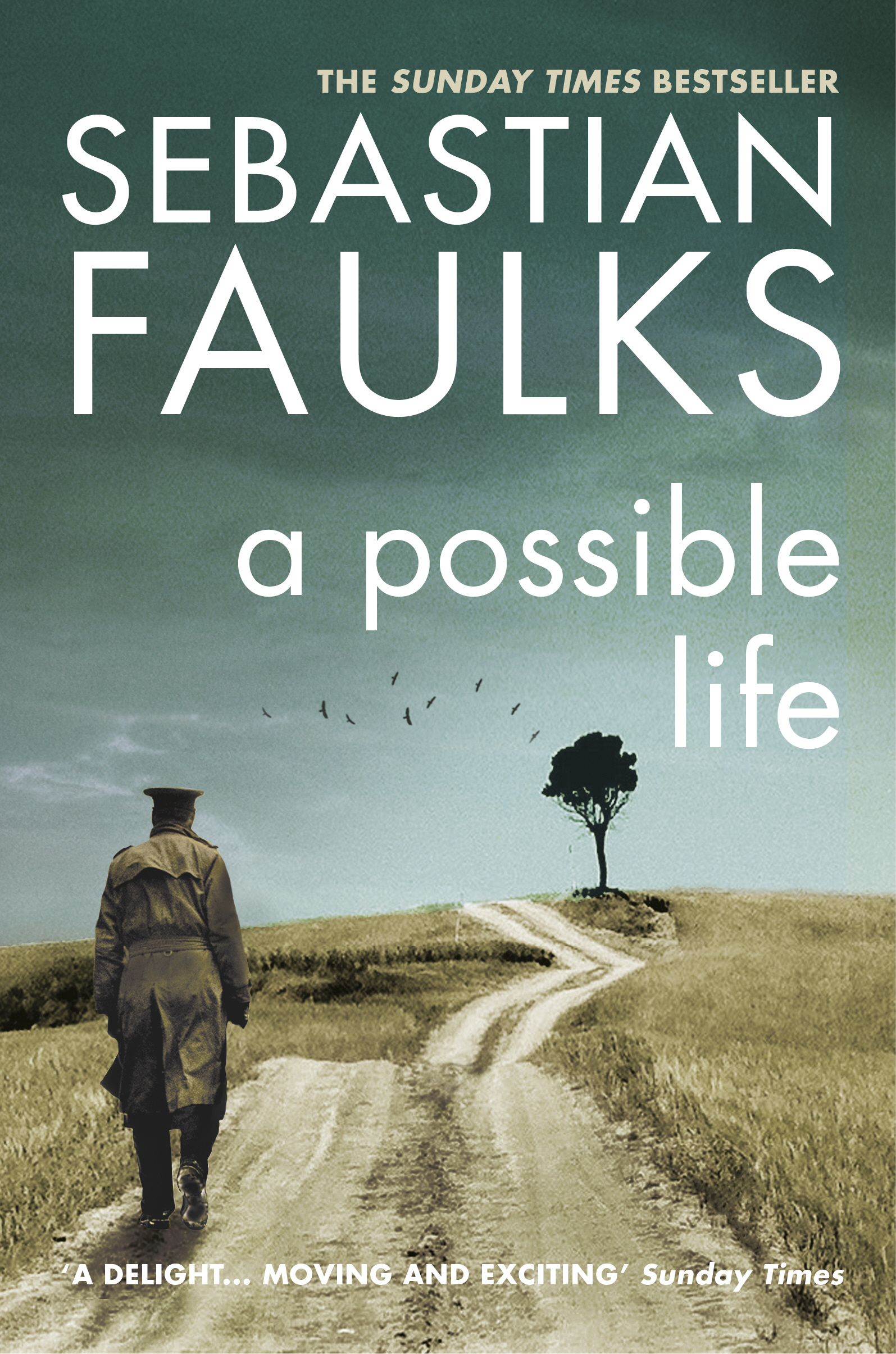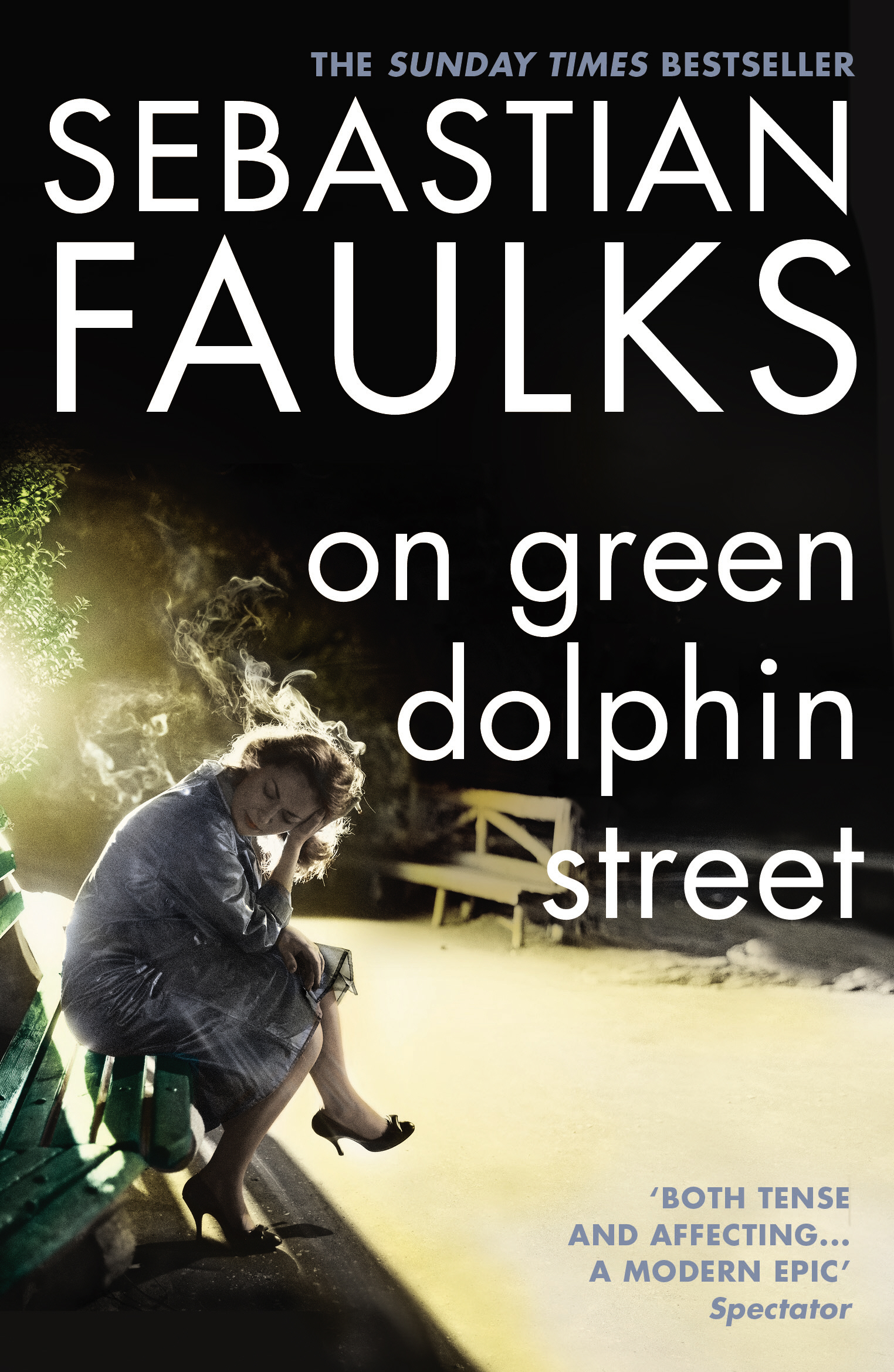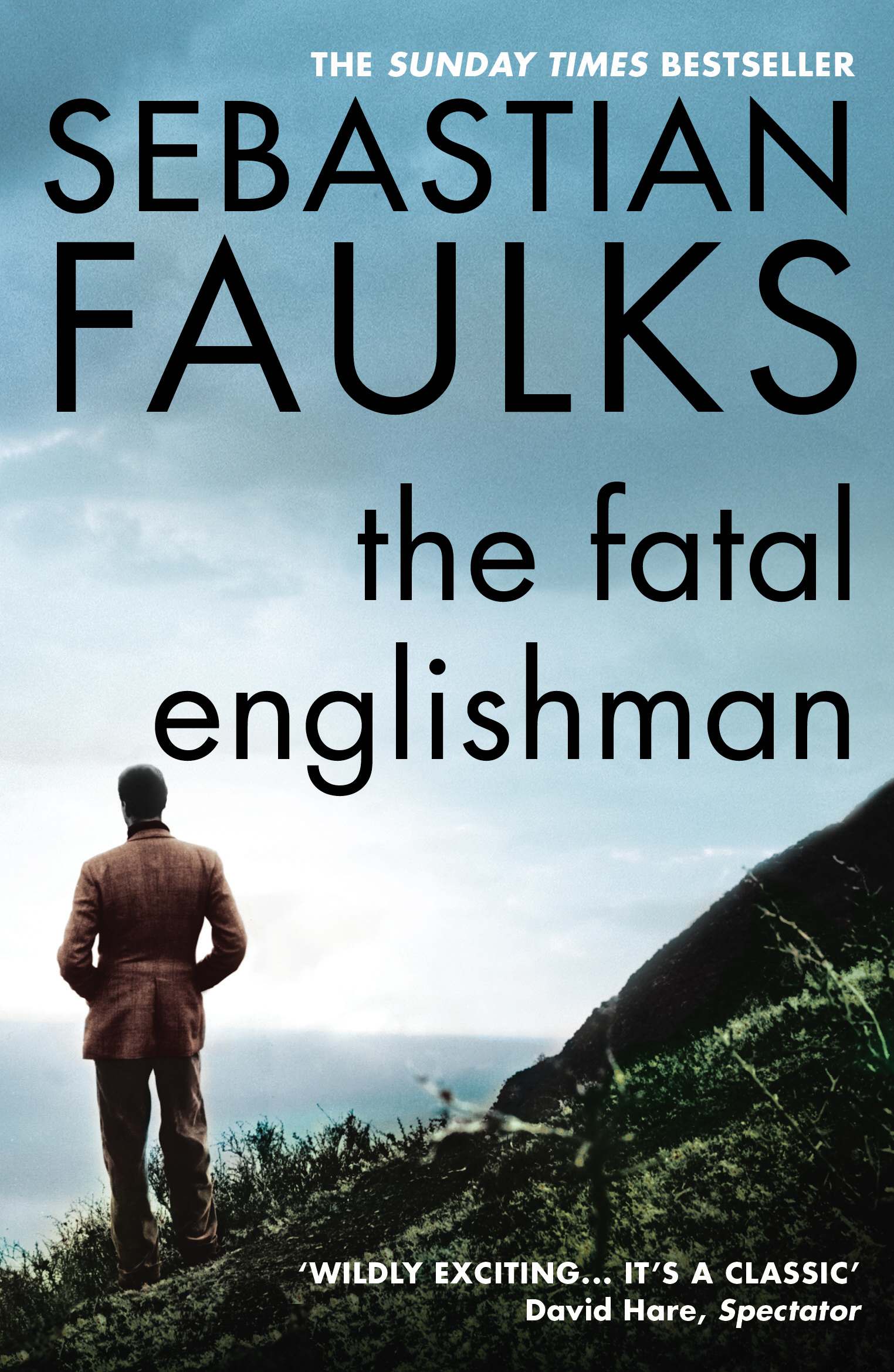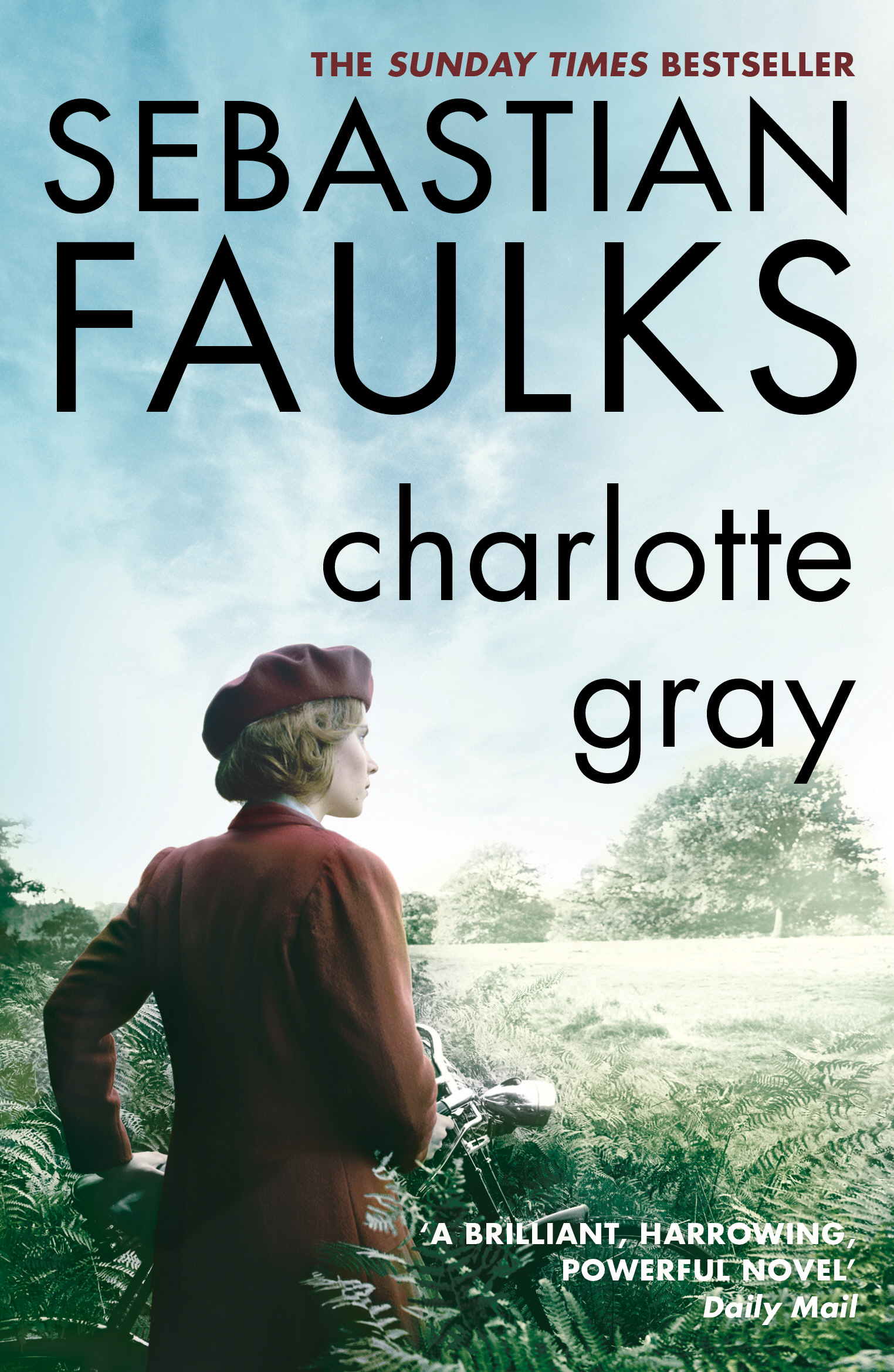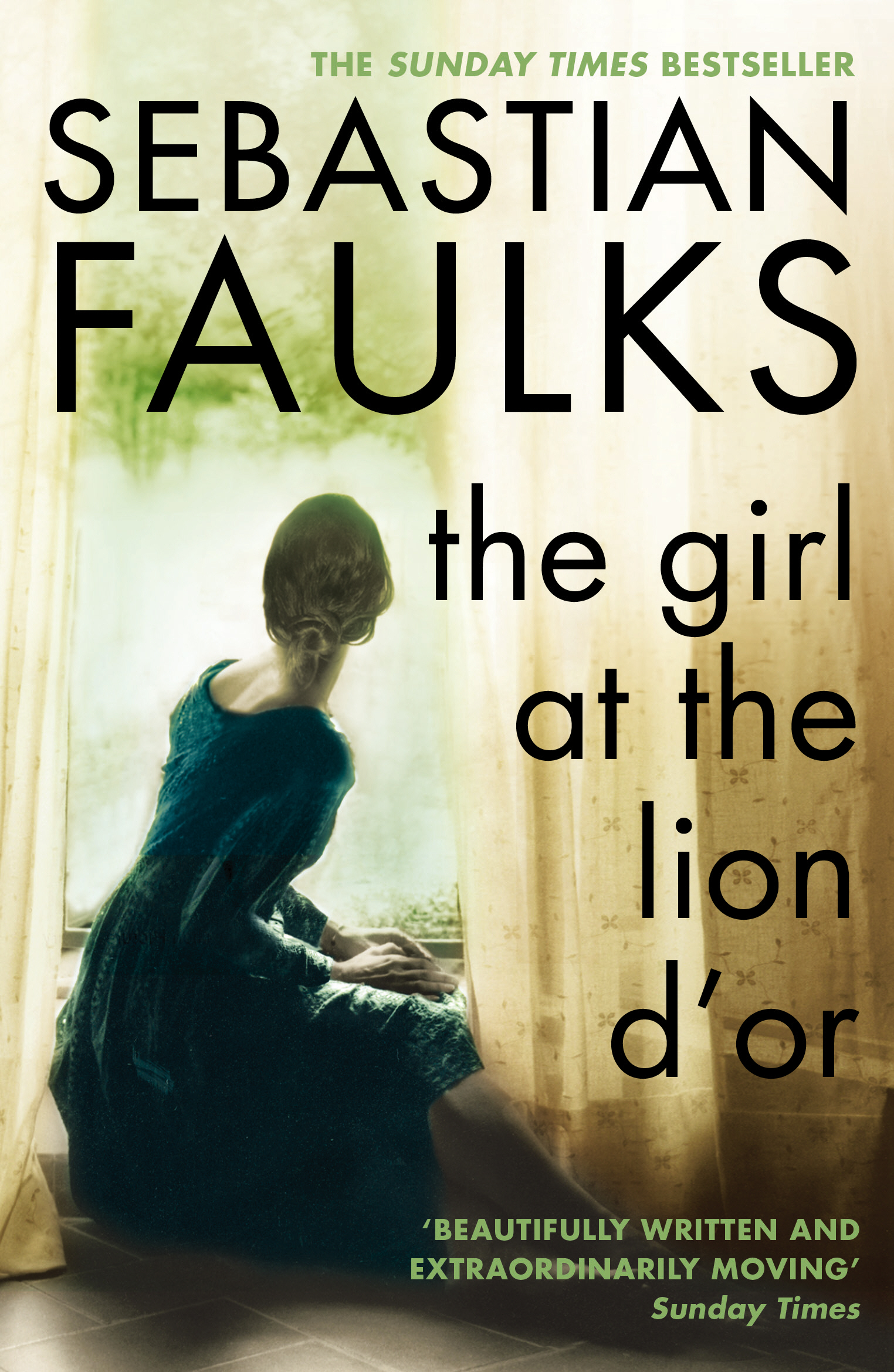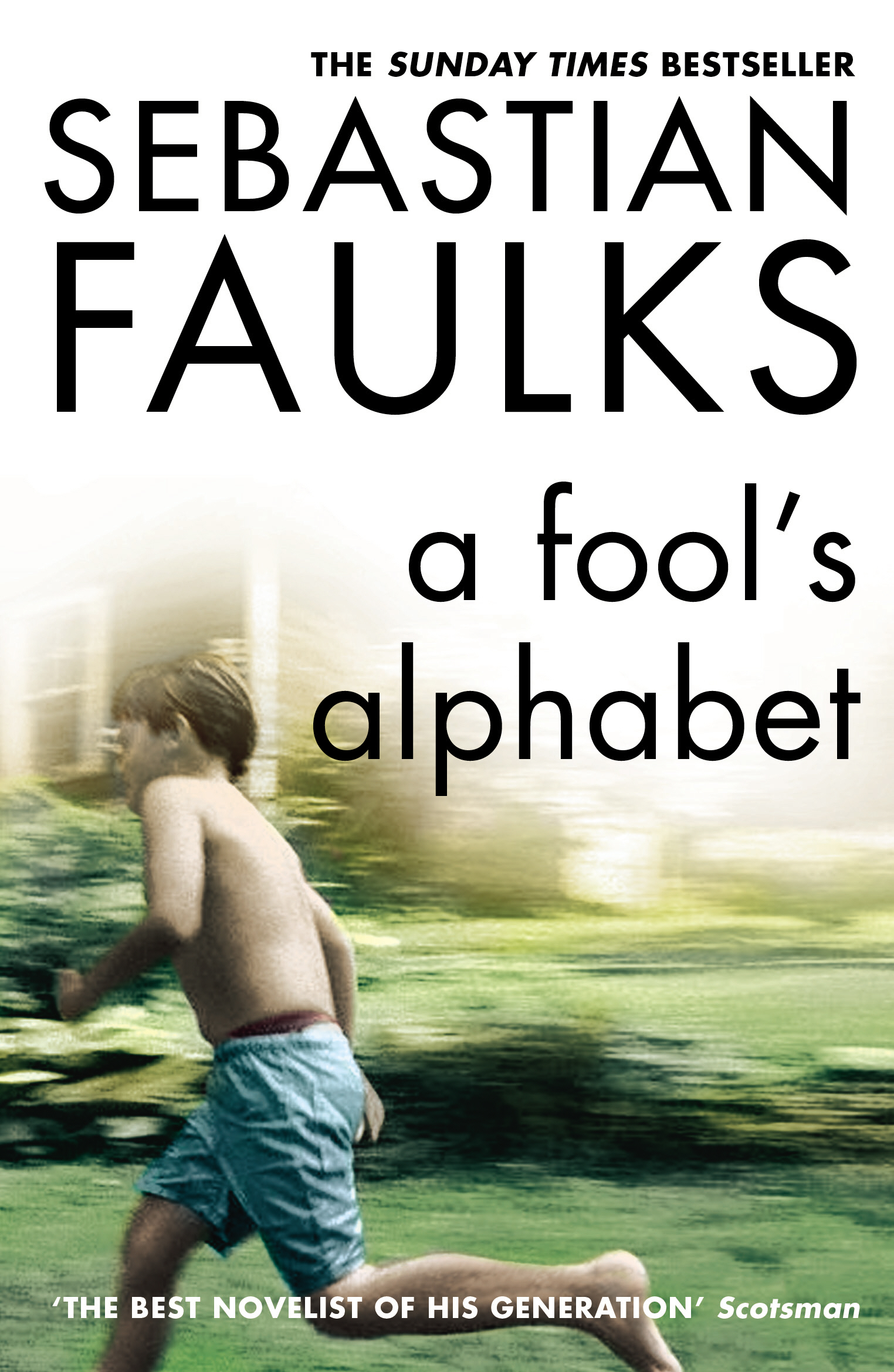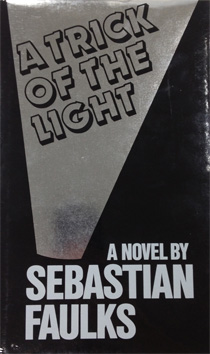The story begins in the 1870s with the lives of two young men: Jacques Rebière, a peasant’s son in Brittany, and Thomas Midwinter, a merchant’s son in Lincolnshire. Jacques has a naturally scientific turn of mind, in which he is encouraged by the help of the local priest. He is inspired by his desire to find a cure for the mysterious illness of his elder brother Olivier — who hears voices and is confined by his father to a stable. Jacques studies to become a doctor.
Thomas is forced into medicine by his father and by the friendly concern of his elder sister Sonia. He is at first more interested in literature, and approaches medicine, then psychiatry, from a humane, psychological standpoint.
Jacques and Thomas meet in Deauville, fall intellectually in love and promise to join forces in their life’s work: an attempt to understand the mystery of the human mind and in particular the meeting of thought and flesh. Jacques studies under the great neurologist Charcot in Paris; Thomas sees madness close up as a junior doctor in an English county lunatic asylum.
By working overtime in private practice, the two friends make enough money to open a clinic in Carinthia, in the south east part of what is now Austria. Here, they will realise their life’s dream. The Schloss Seeblick, as they call it, will deal in all manner of mental afflictions, and the fees of the wealthy will subsidise the treatment of the poor. Jacques by now has married Sonia, Thomas’s sister and it is a time of high hope and ambition.
On the basis of what he has learned from Charcot and on his reading of German philosophers, Jacques develops an all-encompassing theory he calls ‘psychophysical resolution’, which explains how mental trauma can express itself in physical symptoms and how, using hypnosis and by taking the patient back over her early life, a cure can be effected. This theory is clearly close to early psychoanalysis. Jacques delivers a long lecture at the Schloss, outlining his idea. Faulks demonstrates that all the building block of psychoanalysis were already in the public domain.
Thomas meanwhile discovers that a beautiful young Anglo-German girl, Katharina (Kitty), one of Jacques’s patients, whom he has been treating for ‘hysteria’, is in fact dangerously ill with more mundane complaints. She is treated in the local hospital. Thomas falls in love with her and explains to Jacques how his desire to make everything fit his theory has led him into dangerous error. Thomas marries Kitty and they have twin daughters, but his partnership with Jacques will never be the same.
As Jacques pursues the psychological approach to madness, Thomas’s trajectory has crossed the other way. By treating Olivier, he becomes interested in the biological and hereditary aspects of mental illness. He travels to East Africa to further his researches and narrowly escapes death when the expedition goes wrong. Jacques meanwhile has been on sabbatical to California to inspect a cable car system which will enable him and Thomas to build the clinic of their dreams at the summit of a local mountain.
